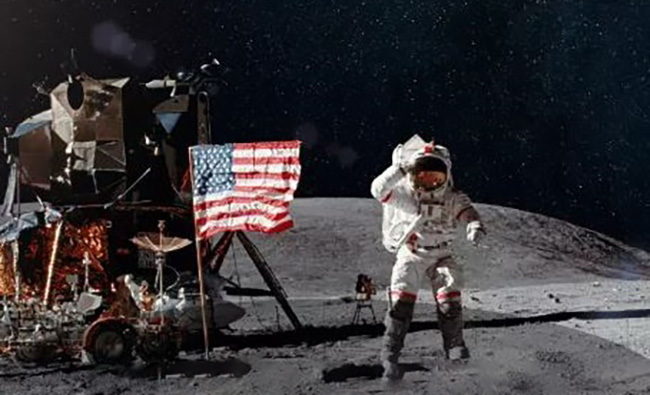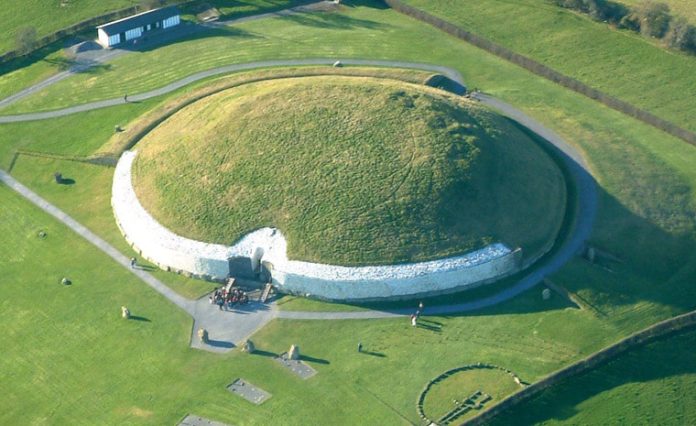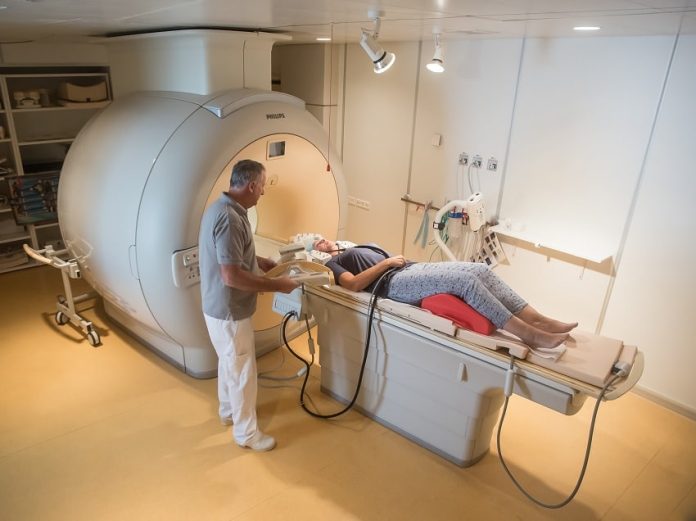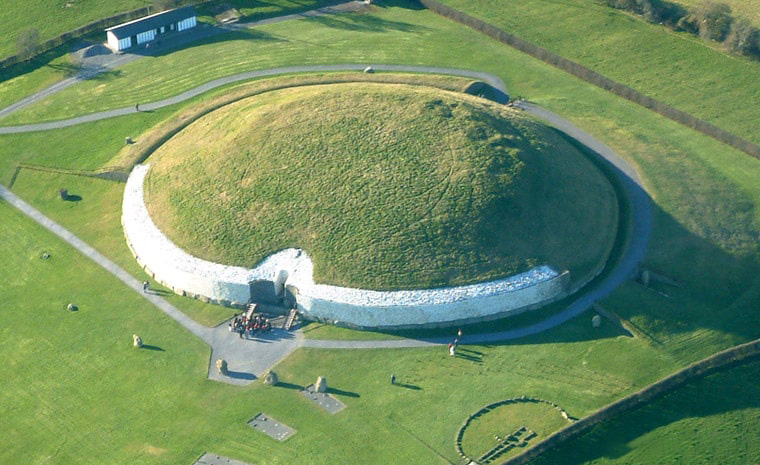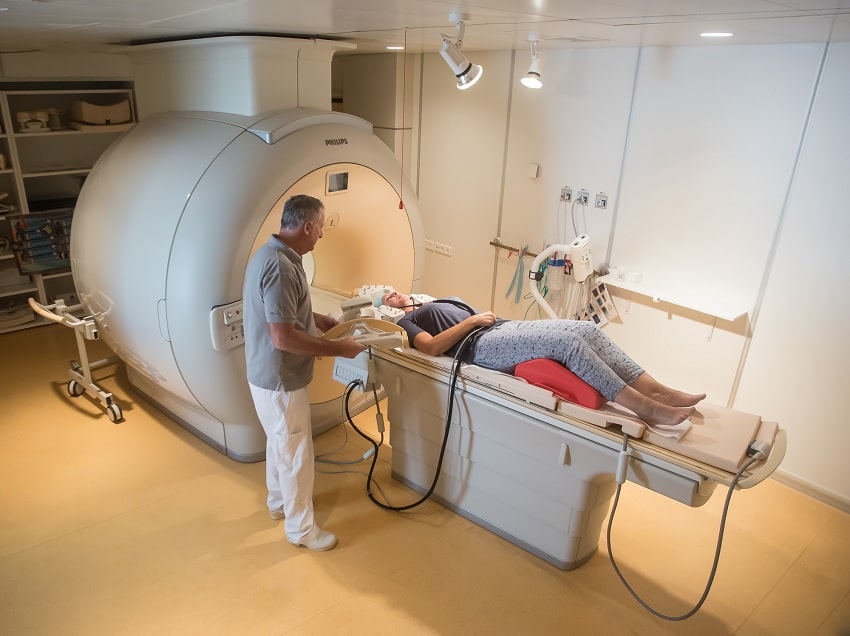For decades, humanity’s greatest leap – the moon landing – has captivated imaginations and ignited a passion for space exploration. But alongside the wonder, a peculiar shadow persists: the idea that the whole thing was a hoax.
While conspiracy theories about the moon landing grab headlines, the truth is far more grounded in reality. This isn’t just about grainy footage or a waving flag on the airless Moon. We have incontrovertible evidence, from physical moon rocks to laser reflectors still bouncing signals back to Earth. This informative documentary explores space exploration in detail.
This article will delve into the moon landing, separating fact from fiction. We’ll explore the Apollo missions, the scientific treasures they brought back, and address some of the most common conspiracy theories head-on with clear scientific explanations.
From Dream to Reality: The Race to the Moon
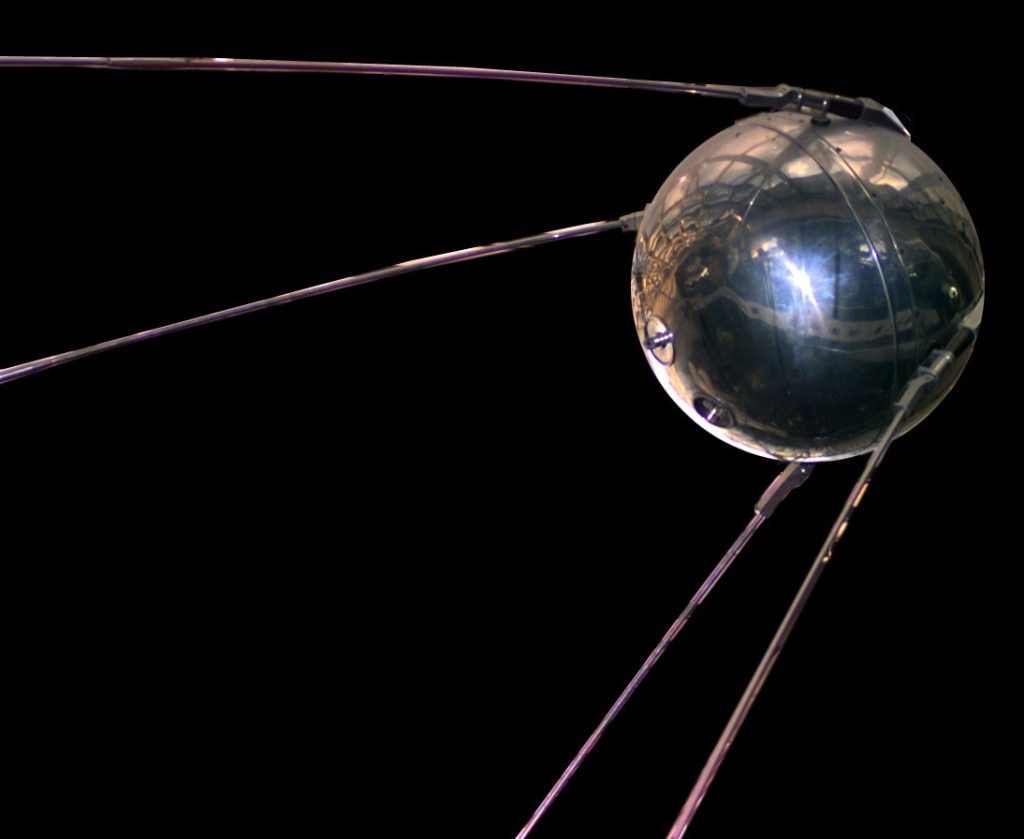
The idea of humans setting foot on another celestial body has captivated humanity for centuries. However, the dream of a moon landing truly ignited during the 1950s and 1960s, fueled by the intense rivalry between the United States and the Soviet Union known as the Space Race.
The Space Race wasn’t just about scientific prowess; it was a battle for ideological supremacy during the Cold War. The Soviets took an early lead, launching Sputnik 1, the first artificial satellite, in 1957. This dramatic achievement sent shockwaves around the world and spurred the US into action.
President Dwight D. Eisenhower established the National Aeronautics and Space Administration (NASA) in 1958, marking a significant turning point. However, the Soviets continued to rack up firsts, launching the first animal (a dog named Laika) into space in 1957 and the first human, Yuri Gagarin, in 1961.
The pressure was on for the US. In a pivotal address to Congress on May 25, 1961, President John F. Kennedy declared a bold national goal: “…landing a man on the Moon and returning him safely to Earth.” This audacious statement, delivered just weeks after Gagarin’s historic flight, captured the world’s imagination and set the stage for an incredible decade of innovation and daring.
The following years saw a flurry of activity as NASA poured resources into the Apollo program, a series of missions designed to achieve the moon landing. The program faced numerous challenges, including technological hurdles and tragic setbacks like the Apollo 1 fire that claimed the lives of three astronauts in 1967.
Despite these difficulties, the dedication and ingenuity of engineers, scientists, and astronauts propelled the program forward. Finally, on July 16, 1969, the mighty Saturn V rocket roared to life, launching the Apollo 11 mission on its historic journey to the lunar surface. The world held its breath as Neil Armstrong and Buzz Aldrin became the first humans to walk on the Moon just days later, forever etching their names in history and fulfilling President Kennedy’s ambitious vision.
The moon landing stands as a crowning achievement of human ingenuity and a testament to the power of collaboration and perseverance. It not only captured the world’s attention but also ushered in a new era of space exploration, inspiring generations to reach for the stars.
Want to delve deeper into some of the outlandish claims surrounding the moon landing? Look no further than our article, “The Simpsons Predictions That Came Absolutely True Explained” which explores how pop culture has sometimes mirrored or even predicted real-world events, including conspiracy theories!
One Small Step for a Man, One Giant Leap for Mankind: Witnessing History
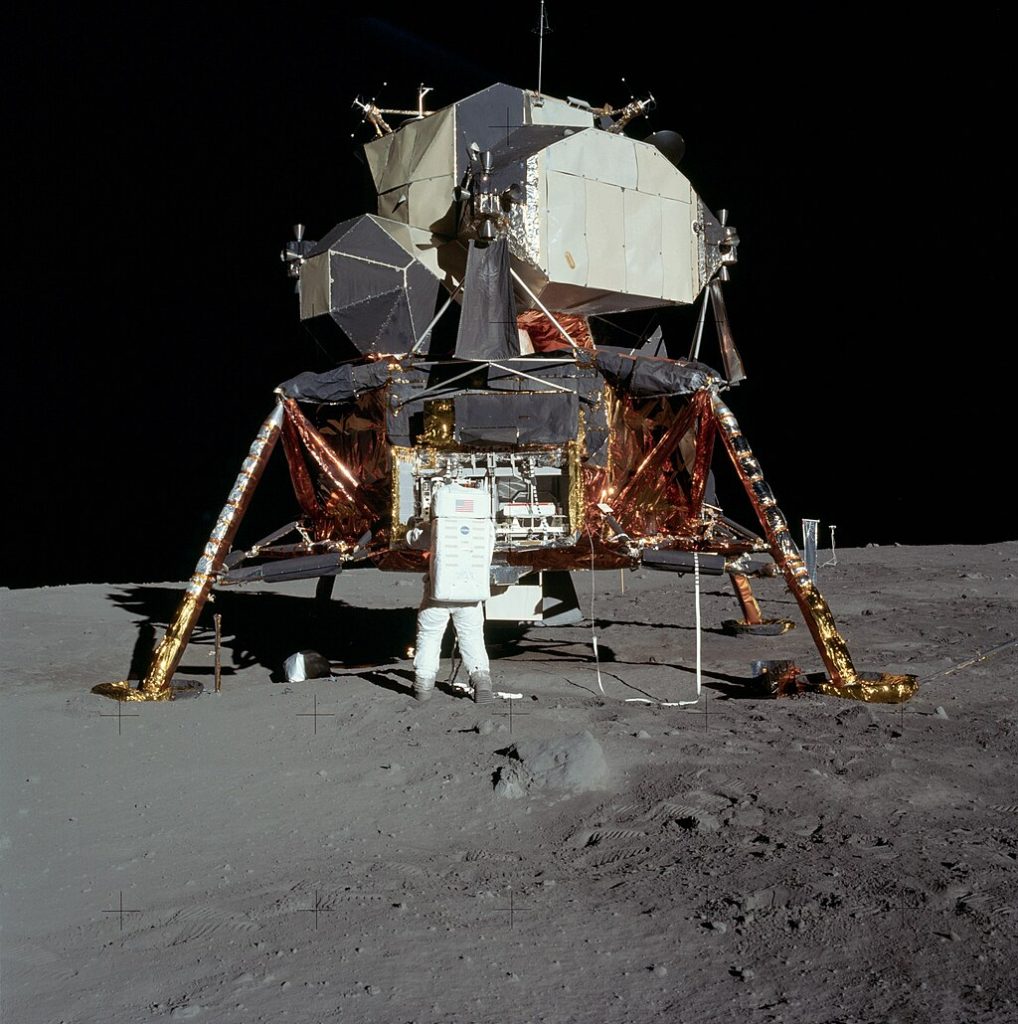
The world watched with bated breath on July 20, 1969, as the Apollo 11 mission culminated in the first-ever moon landing. After a perilous eight-day journey, the Lunar Module (LM) Eagle, piloted by Neil Armstrong and Buzz Aldrin, separated from the Command Module Columbia, carrying Michael Collins in lunar orbit.
The descent to the lunar surface was fraught with tension. Eagle’s automated landing system struggled with uneven terrain, forcing Armstrong to take manual control just moments before touchdown. With incredible skill and composure, he maneuvered the craft to a safe landing in the Sea of Tranquility, a vast lunar plain.
Armstrong’s iconic words, uttered as he became the first human to step onto the Moon’s surface, echoed around the world: “That’s one small step for a man, one giant leap for mankind.” His simple yet powerful statement captured the awe-inspiring nature of the accomplishment and the significance of this moon landing for all of humanity.
While the world marveled at the grainy television images of Armstrong planting the American flag and bouncing across the lunar surface, Aldrin joined him shortly after. Together, they spent over two hours conducting a series of scientific experiments. They collected nearly 48 pounds of lunar rock and soil samples for later analysis, deployed a seismometer to measure moonquakes, and left a laser reflector array to allow scientists on Earth to measure the Earth-Moon distance with incredible accuracy.
The success of Apollo 11 paved the way for five more successful moon landings between 1969 and 1972. Each mission brought back valuable lunar samples and conducted a wider range of scientific experiments, helping us to understand the Moon’s formation, composition, and geological history. These missions also saw astronauts travel further distances on the lunar surface, deploy more sophisticated scientific equipment, and drive lunar rovers for the first time.
The Apollo program’s legacy extends far beyond the moon landing. It spurred technological advancements that continue to benefit us today, from miniaturized computers to life-support systems. More importantly, it ignited a sense of wonder and possibility, inspiring generations to pursue careers in science, technology, engineering, and mathematics (STEM) fields. The spirit of exploration embodied by Apollo 11 continues to guide us as we set our sights on even more ambitious missions to Mars and beyond.
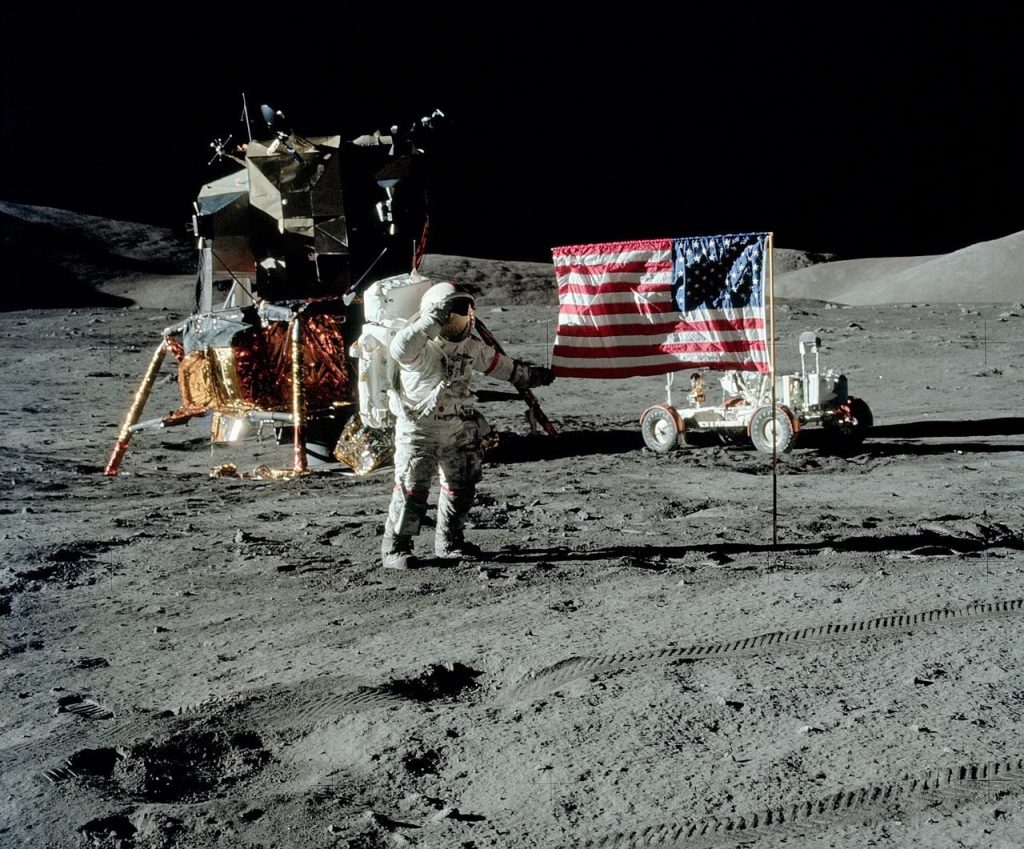
Moon Rocks and Beyond: Evidence of Our Lunar Footprint
One of the most tangible pieces of evidence for the moon landing is the collection of lunar rock and soil samples brought back by the Apollo missions. These samples, totaling over 840 pounds, have been meticulously studied by scientists around the world and offer irrefutable proof of humanity’s visit to the Moon.
The moon landing missions employed sophisticated tools to collect a diverse range of lunar material. Astronauts used specialized scoops, tongs, and core drills to gather samples from various locations on the lunar surface. These samples represent different geological features, including lunar regolith (the loose, dusty surface layer), volcanic rocks, and breccia (rock formed from the impact of meteoroids).
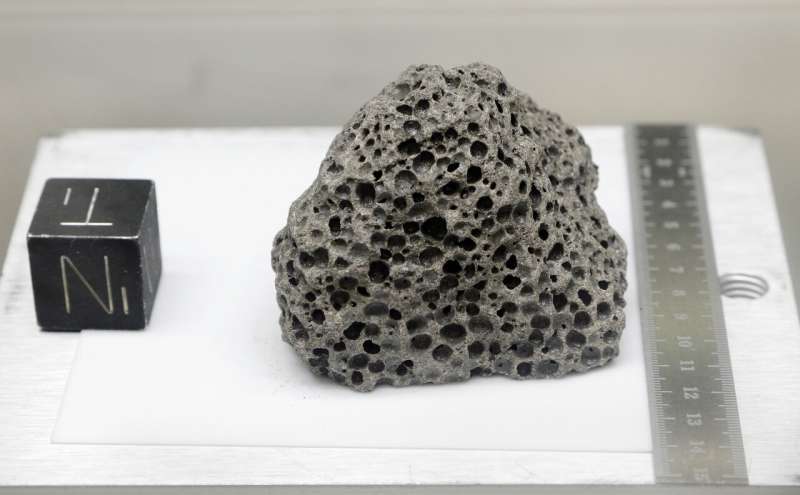
Upon their return to Earth, the lunar samples underwent rigorous analysis in specially designed laboratories. Scientists meticulously studied their composition, structure, and age, revealing a wealth of information about the Moon’s formation and history. These analyses confirmed that lunar rocks are fundamentally different from any rocks found on Earth, with unique isotopic ratios and a complete absence of water.
Beyond the rocks themselves, other artifacts left behind on the Moon provide compelling evidence of the moon landing. The now-famous American flag, planted by Apollo 11 astronauts, remains on the lunar surface, albeit bleached and tattered by the harsh solar radiation. However, recent images captured by lunar orbiters suggest the flagpole may have been toppled by the exhaust plume of the Lunar Module during its ascent.
Another crucial piece of evidence comes from a technology called lunar laser ranging. This technique involves bouncing laser beams off reflectors left on the Moon by Apollo astronauts. By measuring the precise time it takes for the laser light to make the round trip, scientists can calculate the Earth-Moon distance with incredible accuracy. The presence of these reflectors, which continue to function flawlessly decades after being placed, serves as undeniable proof of human activity on the Moon.
The collection of lunar samples, the placement of artifacts, and the success of lunar laser ranging all stand as testaments to the reality of the moon landing. These various lines of evidence, corroborated by independent scientific analysis, paint a clear picture of humanity’s incredible achievement in setting foot on another celestial body.
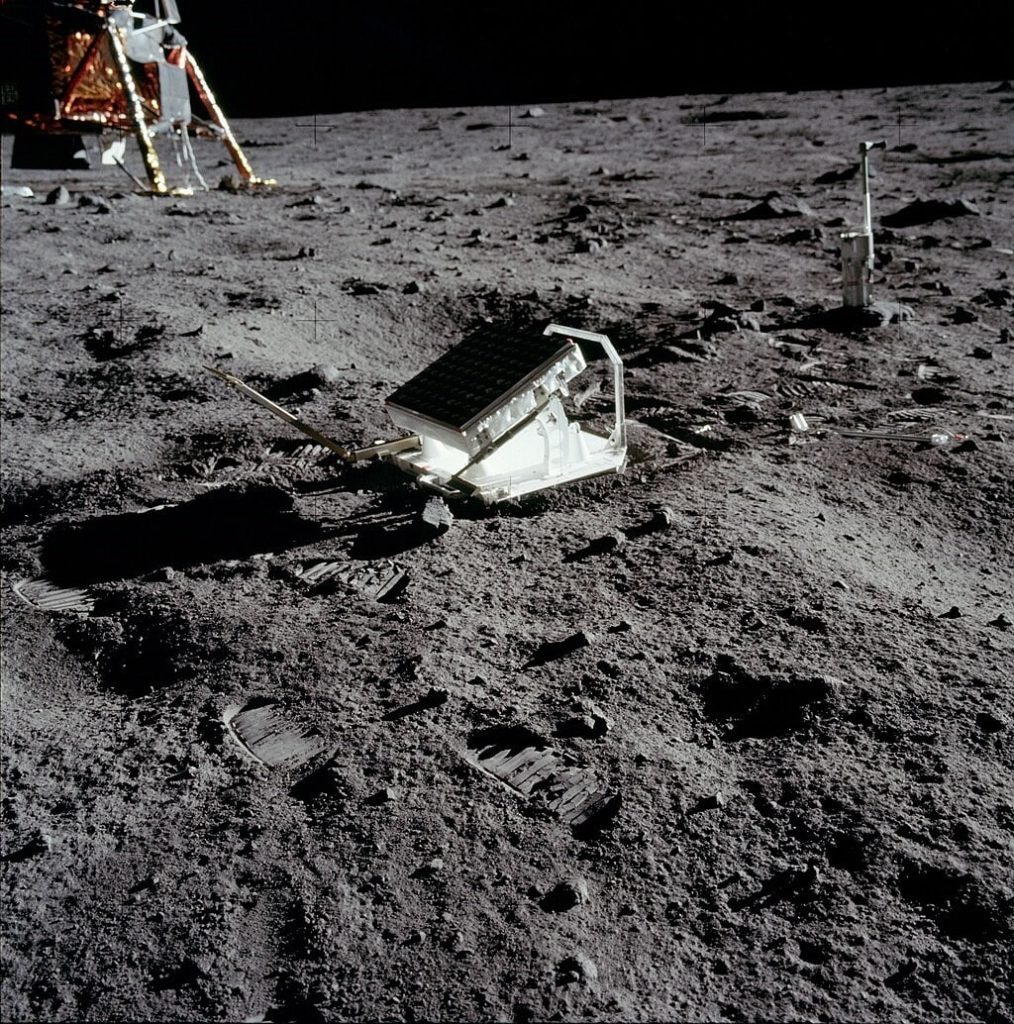
A Shadow of Doubt: The Rise of Moon Landing Conspiracy Theories
Despite the overwhelming evidence for the moon landing, a small but vocal group continues to promote conspiracy theories questioning this historic achievement. The core claim behind these theories is that the entire event, or at least key aspects of it, was staged by NASA in a vast and elaborate hoax. Proponents often point to inconsistencies or perceived anomalies in photos and videos from the moon landing missions as “proof” of their claims.
One of the most common conspiracy theories revolves around the idea that the moon landing footage was filmed in a Hollywood studio. This claim often hinges on the “unrealistic” appearance of the lunar surface and shadows in the photos. Conspiracy theorists might point out the lack of stars in the moon landing photos, which they argue wouldn’t be the case if the pictures were genuine.
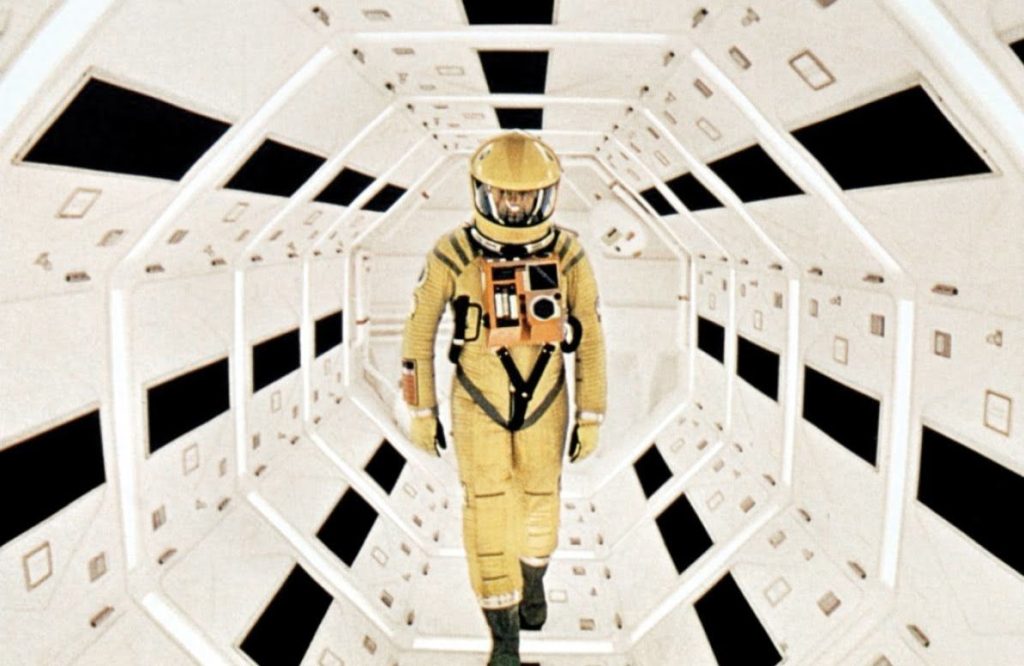
However, there’s a simple scientific explanation for this. Cameras used on the lunar surface were set with a slow shutter speed to capture enough light from the relatively dark lunar surface. This setting wouldn’t allow for capturing the faint light of distant stars, which is why they appear black in the photos. Additionally, the harsh sunlight on the Moon creates very defined shadows, which some misinterpret as evidence of artificial lighting.
It’s important to remember that the vast majority of scientists, space experts, and historians reject these conspiracy theories. The moon landing was a monumental undertaking witnessed by thousands of engineers, scientists, and mission controllers. Faking such an event on a massive scale would be virtually impossible, and there’s no credible evidence to support these claims.
The persistence of moon landing conspiracy theories highlights the importance of critical thinking and media literacy. It’s crucial to evaluate information from credible sources and understand basic scientific principles before accepting sensational claims. The moon landing remains a defining moment in human history, and the evidence overwhelmingly supports this incredible feat of human ingenuity and exploration.
Debunking the Myths: Addressing Common Conspiracy Theory Arguments
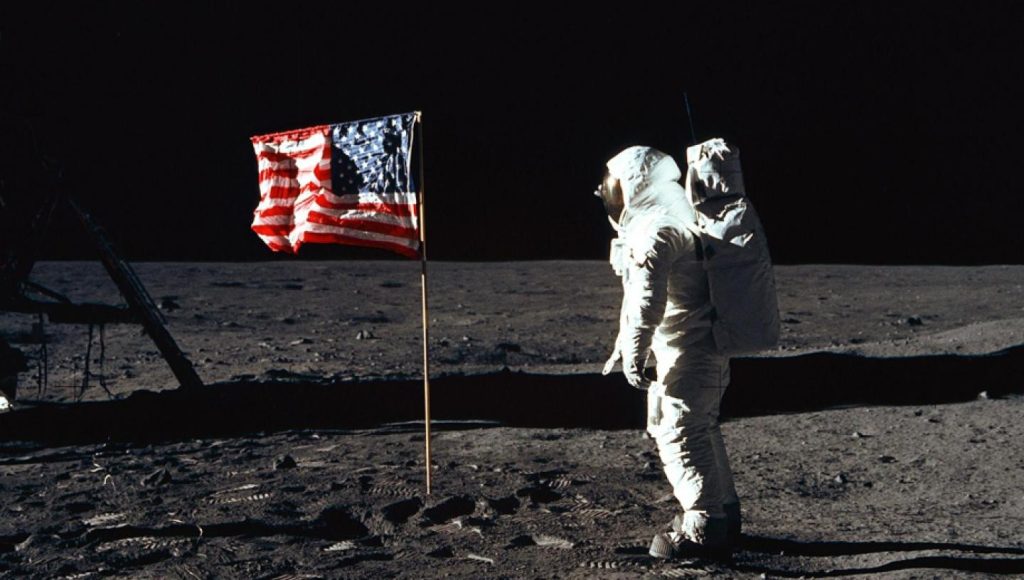
While the evidence for the moon landing is clear, some conspiracy theories persist, often relying on misinterpretations of science and technology. Here, let’s address some of the most common claims:
1. Lack of Stars: As mentioned earlier, the absence of stars in moon landing photos is a frequent point of contention. However, Dr. Francis French, a lunar geologist at the Scripps Institution of Oceanography, provides a simple explanation: “The reason you don’t see stars in the Apollo 11 photographs is because the camera settings were adjusted for the bright lunar surface, not for the faint stars.” Essentially, the camera shutter speed needed to capture enough detail on the Moon was too fast to pick up the faint light of distant stars.
2. Waving Flag: Another common claim is that the American flag appears to be waving in the wind, suggesting the footage was filmed on Earth with artificial wind. However, the flag wasn’t hoisted on a traditional pole; it was deployed from a horizontal bar and held taut by a telescoping rod. This method left the flag slightly rippled, and as the astronauts moved it into position, the ripples created a temporary “wave” effect in the vacuum of space. Dr. David Prosper, a space historian, clarifies, “The flag itself has no inherent ability to wave. It can only respond to a force acting upon it.”
3. Radiation Belts: Some conspiracy theories suggest the astronauts couldn’t have survived the harsh radiation belts surrounding Earth, a potential danger during the moon landing mission. However, NASA’s Apollo spacecraft were meticulously designed to shield astronauts from radiation. The spacecraft hulls were constructed with special materials to block radiation, and the mission trajectories were planned to minimize exposure during the brief transit through the belts. “The radiation belts are a real phenomenon,” says Dr. Andrew Aldrin, son of Apollo 11 astronaut Buzz Aldrin, “but the Apollo spacecraft were designed to protect the astronauts, and the mission profile ensured minimal exposure.”
These are just a few examples of how scientific principles can debunk common moon landing conspiracy theories. Critical thinking and a basic understanding of physics and photography are essential tools for evaluating such claims. The vast amount of evidence, from moon rocks to laser reflectors on the lunar surface, overwhelmingly supports the reality of the moon landing.
Frequently Asked Questions (FAQs)
1. Was the moon landing real?
Yes, the moon landing was a very real event. There is a vast amount of evidence to support it, including moon rocks brought back by the Apollo missions, laser reflectors left behind on the Moon, and scientific analysis of the lunar surface. Conspiracy theories surrounding the moon landing have been debunked by scientists and experts.
2. What is the evidence for the moon landing?
The evidence for the moon landing is extensive and comes from various sources. We have the physical moon rocks collected by Apollo astronauts, which have unique compositions compared to Earth rocks. Laser reflectors placed on the Moon by the missions still bounce signals back to Earth, allowing us to measure the Earth-Moon distance with incredible accuracy. Additionally, thousands of engineers, scientists, and mission controllers were involved in the Apollo program, making it nearly impossible to stage such an elaborate hoax.
3. Why are there conspiracy theories about the moon landing?
There are several reasons why some people believe in moon landing conspiracy theories. Some may misunderstand basic science or technology used during the missions. Others might be influenced by misinformation or sensational claims spread online. It’s important to rely on credible sources and scientific explanations to evaluate such theories.
4. How can I debunk common moon landing conspiracy theories?
Understanding basic science can help you debunk common moon landing conspiracy theories. For instance, the lack of stars in moon landing photos is due to camera settings optimized for the bright lunar surface, not the absence of stars. Similarly, the rippling “wave” in the American flag is a result of its deployment method in the lunar vacuum, not wind. Scientific explanations can address these misconceptions.
5. What is the legacy of the moon landing?
The moon landing’s legacy is far-reaching. It ignited a passion for space exploration, revolutionized our understanding of the Moon, and led to significant technological advancements that benefit us today. It also serves as a powerful symbol of human achievement and continues to inspire future generations to pursue careers in STEM fields. The moon landing is a stepping stone for even more ambitious space missions, paving the way for humanity’s continued journey of exploration and discovery.
Looking to the Future: The Legacy of the Moon Landing
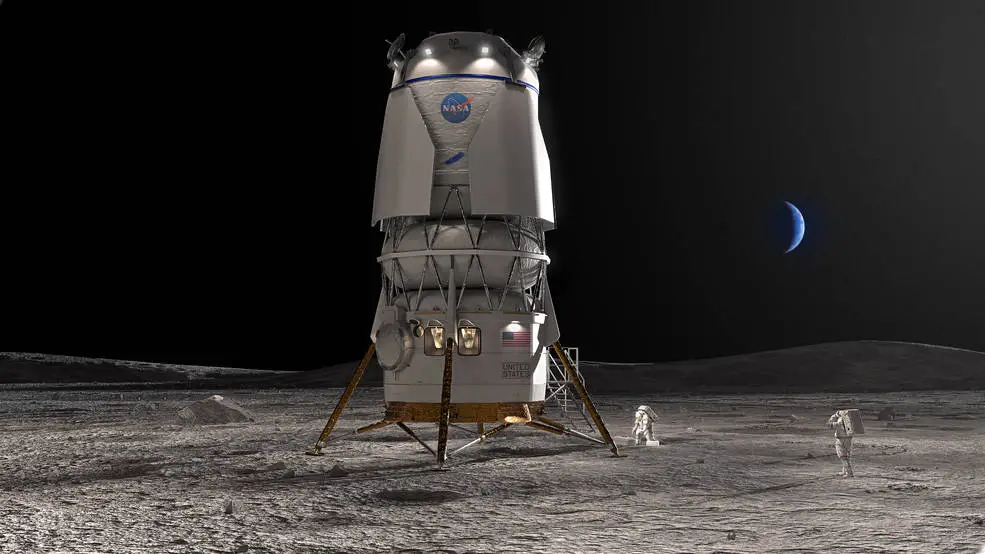
The moon landing wasn’t just a singular event; it was a giant leap forward for humanity, igniting a passion for space exploration that continues to inspire generations. The Apollo missions ushered in a new era of scientific discovery, technological innovation, and international collaboration.
The moon landing sparked a wave of scientific curiosity about our place in the universe. Analysis of lunar samples revolutionized our understanding of the Moon’s formation and history, and the Apollo missions laid the groundwork for future robotic and human exploration of other celestial bodies. The technological advancements driven by the Apollo program have had a profound impact on our daily lives, influencing everything from computers and communication systems to medical imaging and materials science.
The legacy of the moon landing extends beyond scientific progress. It serves as a powerful testament to human ingenuity, collaboration, and the boundless potential of pushing our technological frontiers. The iconic image of Neil Armstrong planting the American flag on the Moon became a symbol of human achievement, inspiring countless individuals to pursue careers in science, technology, engineering, and mathematics (STEM) fields.
Looking ahead, the moon landing serves as a stepping stone for even more ambitious endeavors. Several space agencies, including NASA and its international partners, are currently planning a return to the Moon through the Artemis program. This program aims to establish a sustainable human presence on the lunar surface by the late 2020s, with the ultimate goal of using the Moon as a springboard for future missions to Mars and beyond.
The enduring fascination with the moon landing also highlights the importance of critical thinking and scientific literacy. The ability to evaluate information from credible sources and understand basic scientific principles is crucial for navigating the vast amount of information available in today’s world. By embracing scientific inquiry and fostering a spirit of exploration, we can continue to build upon the incredible legacy of the moon landing and reach for even greater heights in our journey to understand our universe.


